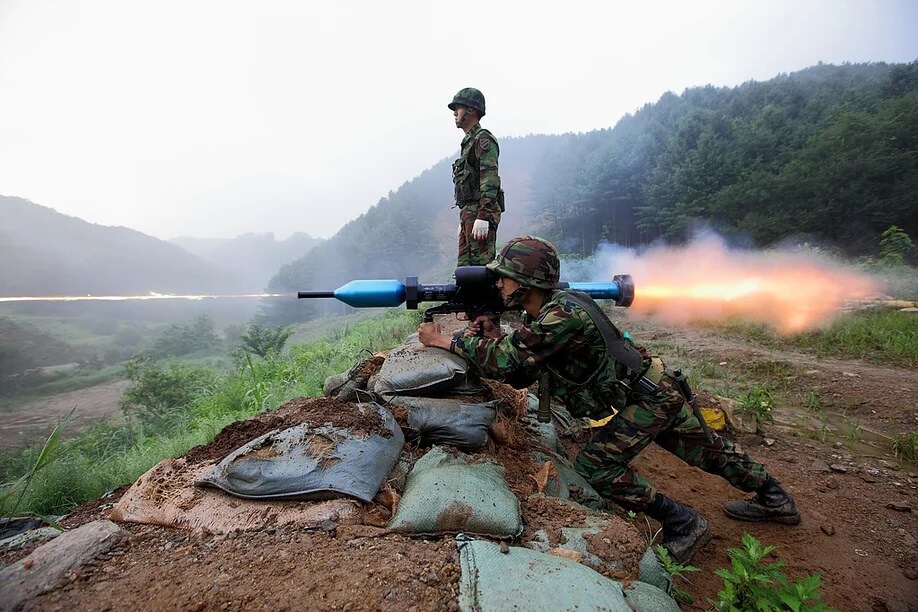
Quantitative MR image processing opens up new avenues of treatment for Traumatic Brain Injury (TBI) in Veterans
By: Karen Holzberger, President & CEO of SpinTech MRI
Fish L, Scharre P. Protecting Warfighters from Blast Injury. Report published by Center for New American Security. May 2018.
For many, the term Traumatic Brain Injury (TBI) brings to mind the 2015 film “Concussion”, starring Will Smith and based on the true story of Dr. Bennett Omalu, who discovered the link between repeated trauma to the head endured by professional football players and brain function degradation. Although, this is a classic example of traumatic brain injury leading to cumulative brain damage over time, professional football players are not the only professionals that are at risk of TBI related brain degradation. A recently published study1 shines light on mild TBI (mTBI) as a serious occupational hazard among soldiers. Since the DoD began tracking these cases in the year 2000, an estimated 380,000 military personnel have been documented to have suffered from some degree of TBI with about 80% of this number falling in the mTBI category. The causes for mTBI are many, ranging from heavy weapons use during training to being exposed to blasts during active combat.

As there are no external signs that indicate mTBI and since its manifestations are subtle, taking possibly years to surface, diagnosing TBI related cognitive impairment is extremely complicated. Without definitive imaging studies showing TBI, changes in cognitive abilities and mood may be erroneously attributed to post-traumatic stress disorder, a condition that is highly prevalent among veterans. Thus, there is a dire need for imaging tools to detect biomarkers of mTBI and that also help in quantifying risk of mTBI leading to permanent degradation in brain function. Such a tool not only will enable early and accurate diagnosis of the condition but also can boost research into techniques that can be deployed to mitigate the risk of TBI in the field.
SpinTech is bringing such an offering to market with its path-breaking image post-processing software suite. By employing proprietary processing techniques, algorithms and AI tools, it can help localize and measure micro-level damage to sensitive intracranial structures such as the cerebral venous vasculature. By measuring the size, number and location of damaged vessels and cerebral microbleeds the software allows researchers and clinicians to understand the severity of damage and the possible effects it can have on a person’s brain function. The utility of these biomarkers in assessing TBI cases has been documented in several published papers. SpinTech’s software can process standard MR image data obtained from any MR system by seamless integration with the routine image processing workflow. Thus, it can shave of hours of manual processing time and enable visualization of biomarkers that cannot be detected with manual processing. The software is based on patented technology, and its first product, SPIN-SWI for enhanced neuro-vascular visualization, has been cleared by FDA for use in the clinical setting. SpinTech’s vision is to become the standard of diagnostic care for TBI and other neurological disorders, helping millions of patients achieve better clinical outcomes.

